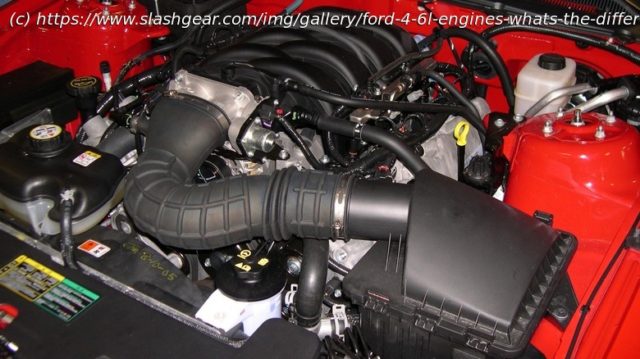Between these two Ford small-block engines, they are very similarly designed, but minute differences in cylinder architecture are what differentiate them.
Ford’s Windsor small-block V8 is often considered one of the best V8 engine series of all time, spanning a 40-year history under the hoods of some of the most successful models in Ford’s history including the Mustang, Mercury Cougar, and even the GT40. Despite the Windsor’s versatility and success, the small block was an aging design approaching the 1990s. As a result, Ford decided to design an all-new V8 platform to supplement the Windsor V8 called the modular engine series.
The Ford modular series got its name from the unique manufacturing process that Ford used to build the engines, with simplified tooling that allowed for multiple different displacement and cylinder count engines to be manufactured on the same lines without major retooling. This engine family includes V8 and V10 engines ranging from 4.6 to 6.8 liters. In 1991, the first modular engine hit the streets in 4.6-liter form under the hood of a Lincoln Town Car. Unlike the previous Windsor, which was a pushrod V8, the 4.6 modular V8 was a single overhead cam engine. In the beginning, the 4.6L V8 featured two valves per cylinder, often abbreviated as the 4.6L 2V.
As time went on and Ford continued refining the modular platform, they discovered the recipe for better performance — more valves per cylinder. A four-valve version of the 4.6L came next in 1993, utilizing two intake and two exhaust valves. Finally, a three-valve 4.6L was added to the lineup in 2005 under the hood of the S197 Mustang GT, and would continue to power multiple vehicles up until 2010.
Start
United States
USA — IT Ford 4.6L Engines: What's The Difference Between 2V Vs 3V, And Which...






